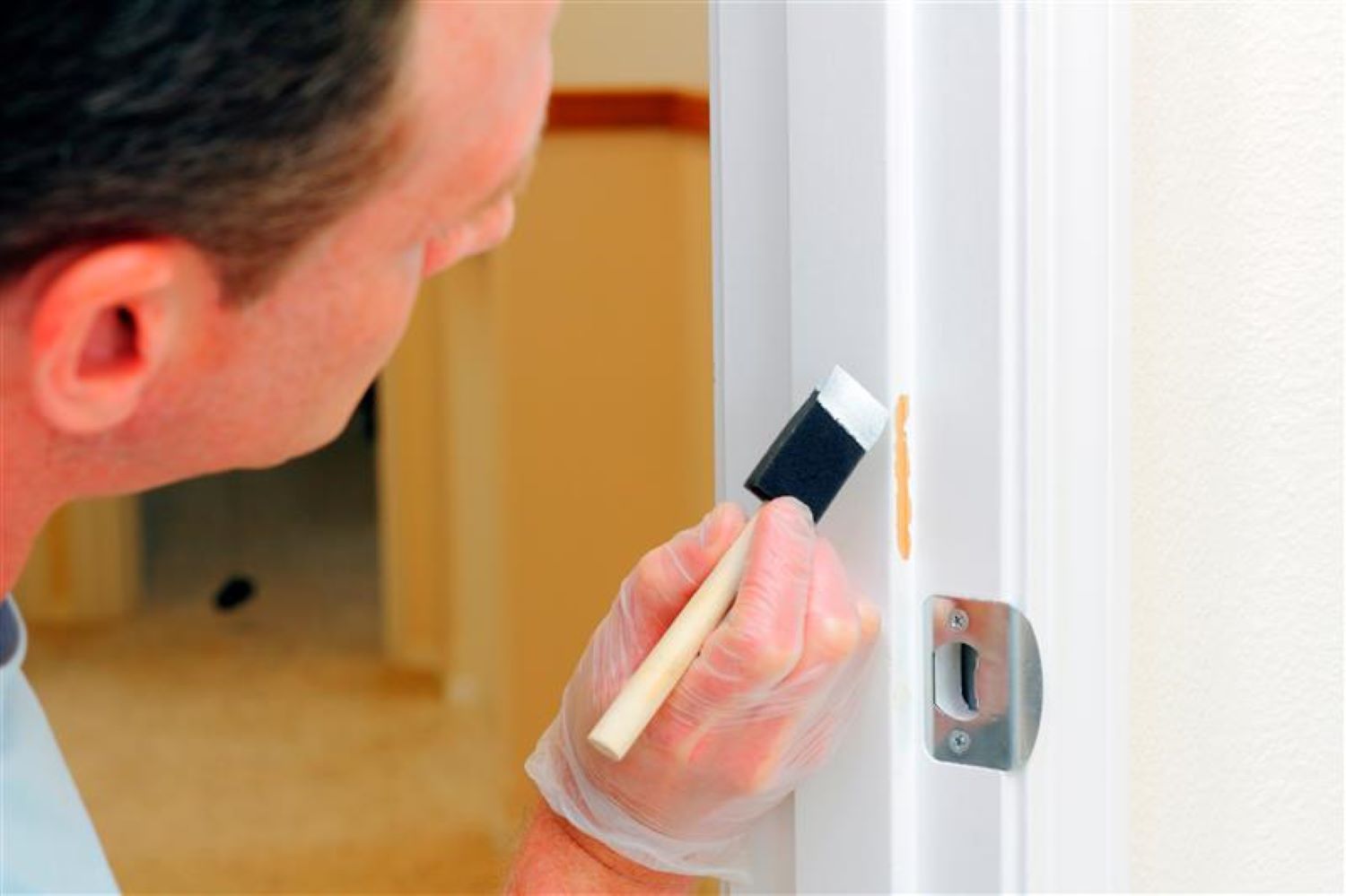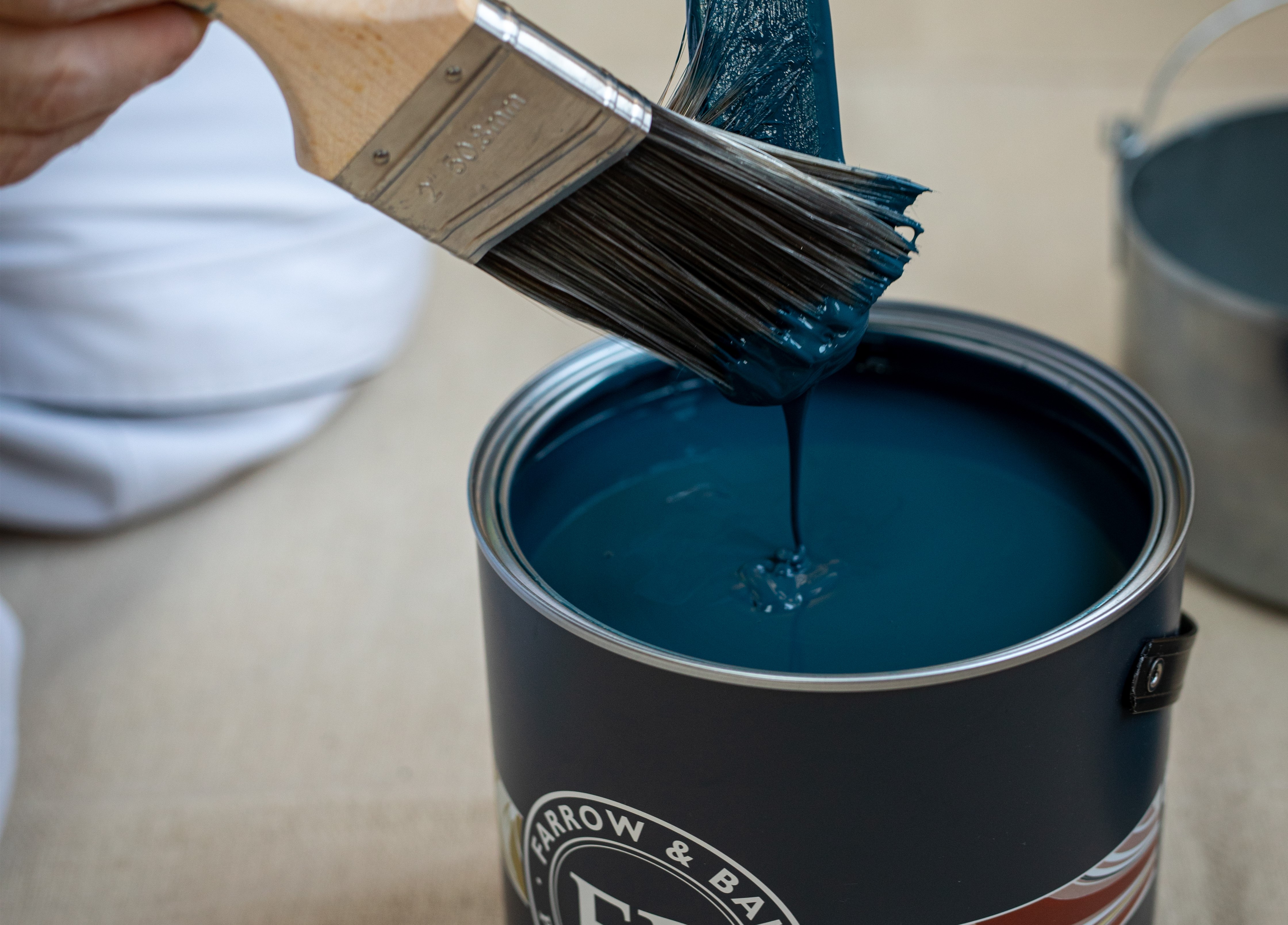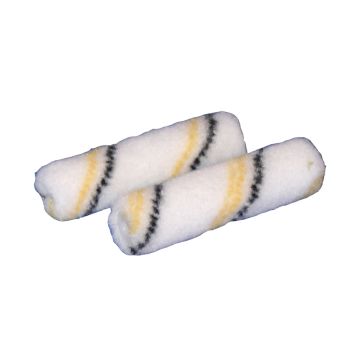
How to Touch Up Painted Walls Without Repainting the Whole Wall
Touching up a painted wall can be tricky, but with the right tools and techniques, you can achieve a smooth, professional finish. This guide will show you how to touch up painted walls without it showing, whether you’re fixing small scuffs, chips, or faded areas.
Why Is Touching Up a Painted Wall Without It Showing Challenging?
Touching up painted walls can be tricky because of several factors:
- Colour Matching: Paint ages and fades over time, making it difficult to match new paint with the existing surface.
- Sheen Differences: Glossy or satin finishes often highlight touch-up areas, while Matt finishes are more forgiving.
- Application Techniques: Using the wrong tools or methods can create visible texture differences, making it harder to blend touch-ups seamlessly.
Knowing how to touch up a painted wall correctly can prevent these issues and save you from repainting the whole wall.
Preparation: The Key to Touching Up Painted Walls Without It Showing
Proper preparation is essential to avoid visible marks or patches. Follow these steps for a flawless finish:
1. Clean the Wall Surface
Dust, grease, and grime can affect how well the paint adheres. Clean the wall thoroughly with a surface cleaner to ensure even coverage.
- Suggested products: Tetrion Sugar Soap Powder or Zinsser Universal Cleaner
2. Repair Any Damage
Fill chips or cracks with filler and sand the area smooth. This step is crucial for achieving a seamless touch-up. Use fine-grit sandpaper for best results.
3. Match the Paint
If you don’t have leftover paint, use a paint-matching service in-store or tester pots to find the exact colour and finish.
How to Touch Up Painted Walls Without Repainting the Whole Wall
Once your wall is prepped, follow these steps for a seamless touch-up:
Step 1: Use the Same Paint and Tools
For the best results, use the same paint brand, finish, and tools as the original job. If you initially used a roller, stick to a roller for the touch-up.
Step 2: Feather the Paint Edges
Apply thin, overlapping strokes from the centre of the damaged area outward. Feathering ensures the paint blends into the surrounding surface without it showing.
Step 3: Paint Under the Right Conditions
Touch up painted walls in good lighting and at a consistent temperature. Extreme heat or cold can affect drying and leave noticeable patches.
Step 4: Allow the Paint to Dry Fully
Let the paint dry completely before assessing the results. If necessary, apply a second thin coat to ensure the touch-up blends smoothly.

Pro Tips for Touching Up Painted Walls Without It Showing
- Use Matt or Flat Finishes: Matt paints are easier to touch up than glossy finishes, which tend to highlight imperfections.
- Test Before Applying: Always test the paint in an inconspicuous area to ensure it matches the existing wall.
- Keep Paint Leftovers for Future Touch-Ups: Store leftover paint in a cool, dry place to maintain its quality for future use.
- Feather the Edges: Blend the paint outward from the centre using light, overlapping strokes to prevent noticeable patches.
- Don’t Overload the Brush or Roller: Using too much paint can create streaks or uneven patches.
FAQs – How to Touch Up Painted Walls
Q: How can I touch up a painted wall without repainting the whole wall?
A: Use the same paint and tools as the original job, feather the edges outward, and apply thin coats to blend the touch-up area seamlessly.
Q: Why does my touch-up paint look patchy?
A: Patchiness often occurs due to poor preparation, inconsistent application methods, or using paint with a different sheen.
Q: Do I need to prime before touching up?
A: Only if the area has significant damage, like cracks or stains. For minor scuffs, priming isn’t usually necessary.
Q: Can I touch up glossy paint without it showing?
A: Glossy paint is harder to touch up invisibly. Feathering the edges and working in good lighting can help minimise the visibility of touch-ups.
Q: Are darker colours harder to touch up?
A: Yes, darker colours can highlight imperfections more than lighter shades. Matt finishes in lighter colours are generally easier to blend.
Conclusion
Knowing how to touch up painted walls is a valuable skill for keeping your home looking its best. With proper preparation, quality products and the right tools, you can fix scuffs and chips seamlessly. Visit PaintWell.co.uk for premium paints and supplies to get started today!

